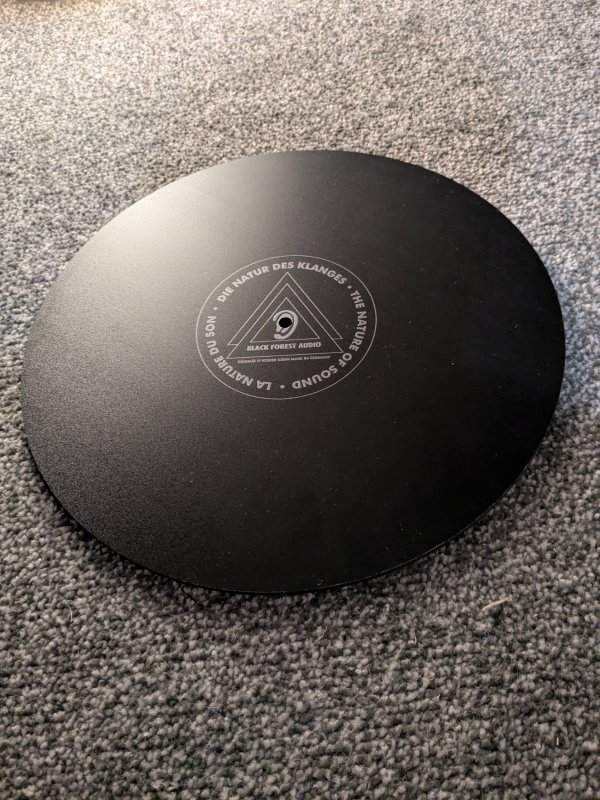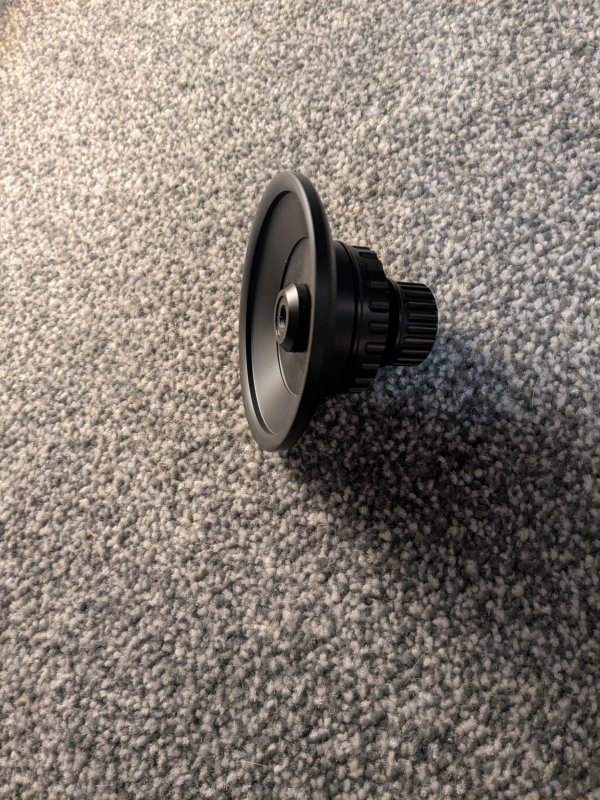Thinking about how a doctor use liquid gel when doing ultrasonic imaging. The gel transmit the vibration in both direction by a tight coupling minimising the skin interface disturbance. So a the interface matters , but it is not clear for me if the interface should be closer to the record properties or platter properties.. should it absorb the vinyl vibrations or transmit them, I think maybe the last.. when wil someone try liquid gel under their record 
It seems like most rubber mats are made to damp and isolate motor and chassis/bearing noise from reaching the vinyl/cartridge, and not care about vibrations in the record caused by the stylus
It seems like most rubber mats are made to damp and isolate motor and chassis/bearing noise from reaching the vinyl/cartridge, and not care about vibrations in the record caused by the stylus











